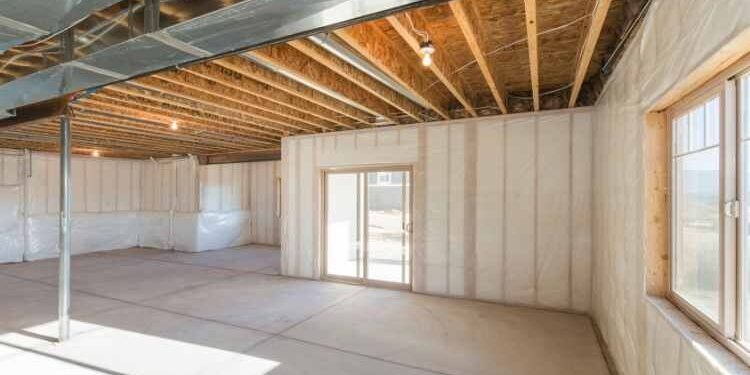For every homeowner, waterlogged basements can be a serious dilemma. A damp or waterlogged basement not only smells bad but also becomes prone to developing mold, which can damage the entire foundation of your home. It can directly reflect on your property value if you are looking to resell or rent out your home in the future. Researching basement waterproofing solutions can be really overwhelming, especially since there are so many different ways to do it. The only solution is to find the best approach to prevent water seepage, leak, and flooding in your basement. It takes the expertise of a professional to understand what is going to fit the bill in every case. Professionals who specialize in waterproofing basements can offer their assistance to prevent structural damage and mold development along with improving indoor air quality-related problems. If you are dealing with leaky walls and floors in your basement, certain expert solutions from this website can come in handy.
Some of the most affordable ways to waterproof a basement:
- Sealants and epoxy injections: Epoxy injections and sealants are known for being affordable solutions for homeowners who cannot afford drainage systems. These materials are known as masonry waterproofing materials that are used to prevent the leaking of walls and floors of the basement by preventing moisture. However, these materials should not be used on efflorescent or painted surfaces as they can break the foundation wall by expanding or compressing. It is especially the case with epoxy injections. Apart from these two primary materials, there are many other waterproofing solutions that use a combination of an impermeable membrane, porous foam, and flexible sealants to prevent leaks without breaking.
- French drain installation: The primary function of a French drain is to enable the flow of water with the least amount of resistance so that it does not build up and flood the ground. A hollow, perforated drainage pipe collects and transports water from the yard to a specified drainage spot, such as a municipal wastewater drain or a rain bucket. To prevent weeds, dirt, and other material from blocking the perforations in the drainage pipe, it is covered with water-permeable fabric. Several layers of stones or gravel cover the pipe. It is considerably simpler for water to flow through greater gaps created by packed stone than it is for water to flow through tightly packed soil; therefore, replacing soil with stones or gravel helps the water flow down into the drainage pipe.
- Installing a sump pump: Installing a sump pump in a basement can be an efficient technique to prevent water from collecting. The pump is installed in a basin, also known as a sump pit, that is positioned at the lowest point in the basement floor or where water collects initially. Sump bowls are often composed of plastic or fiberglass and can be brought from home department stores. As the water level beneath the basement floor increases, the pit fills, and the pump operates, forcing the water to be expelled to the outside. The pump turns off when the water level falls below a certain level. The sump pump is controlled by a floating device on the pump, which works similarly to a toilet in that it activates when the float device rises with the water level in the pit and shuts off when the water level falls.
There are two kinds of sump pumps that are typically used in homes. Submersible pumps are completely hidden in the sump pit, whereas pedestal pumps are only partially hidden, with the motor exposed. Pedestal sump pumps are less expensive than submersible sump pumps and are easier to repair and maintain. Submersible pumps, on the other hand, are quieter and hence a better choice for living spaces. Sump pumps have a 10-year lifespan on average, although superior ones with more powerful motors can survive much longer. Look for a model that comes with a decent warranty. If you live in a region where power outages are common, you may want to consider investing in a backup battery system that will keep your pump running even if the power goes out.
- Plastic vapor barrier: A plastic vapor barrier at the bottom of your basement floor is a simple yet effective waterproofing option. You can use waterproof tape for the plastic between the concrete floor and the carpet pad. This little extra protection can go a long way to waterproof your basement walls, especially when the water rises up the basement walls. Place the plastic underneath the baseboards along the margins for a more effective solution.
Once the waterproofing is done, you have to keep an open eye and be vigilant about periodic maintenance and inspection for any areas of possible water clogging or leaking. This way, you can keep your basement dry for longer.
